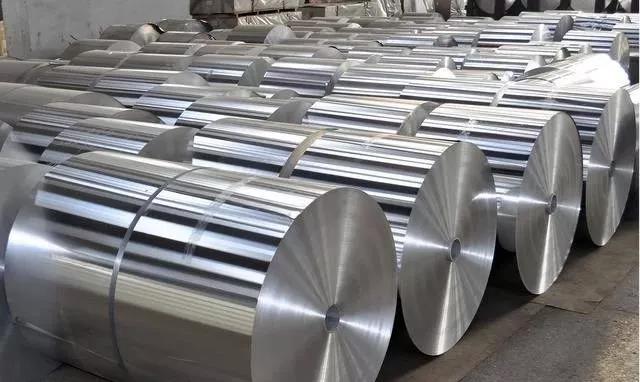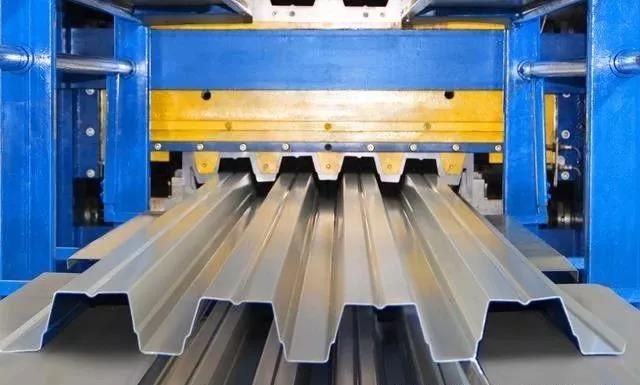Keyword: CNC machining parts Auto Spare Parts Milling machining Turning parts Grinding machining
Contact person: Nick Lee
Phone: (86) 15362887736
E-mail: sales03@dgmtwj.cn
Tel: (86) 769-88388276
Factory: No.2, Baidai Industrial Park, Daojiao Town, Dongguan, China ,
 1.
1.
1.Brittle and hard materials should not be used in the blanking process
For punching, blanking and edge trimming, it is not suitable to use brittle and hard materials. The more brittle the material, the more likely it is to tear during punching; if the material is too hard, such as high-carbon steel, the flatness of the cutting surface is very large, especially for thick materials.
The material with good elasticity and high flow limit can get a good section. Especially soft materials such as low-zinc brass can be punched out smooth and small inclination section.

2. High elastic materials should not be used in the bending process
It is not advisable to use highly elastic materials in the bending process. The greater the elasticity of the material, the greater the spring back of the formed part to its original state after bending, which will cause the workpiece to fail to reach the predetermined shape and require multiple mold trials and mold repairs.
The material used in the bending process should have sufficient plasticity, a lower yield point and a higher modulus of elasticity. The former guarantees no cracking, and the latter makes it easy for the workpiece to reach an accurate shape. The most suitable materials for bending are mild steel, pure copper and pure aluminum.

3. Materials with poor plasticity should not be used in the drawing process
Materials with poor toughness should not be used in the drawing process. Since the allowable degree of deformation of low plastic materials is small, it is necessary to increase the number of drawing processes and intermediate annealing. The material for deep drawing requires strong toughness, low yield point and good stability.
The smaller the ratio of the yield point of the drawn material to the tensile strength, the better the drawing performance and the greater the limit of one deformation. The materials commonly used for deep drawing are low carbon steel, low zinc brass, pure aluminum and aluminum alloy, and austenitic stainless steel.

4. The cold extrusion process should not use high-strength, low-plasticity materials
The cold extrusion process should not use materials with high mechanical strength and low plasticity to avoid increasing deformation resistance and cracking. Cold extrusion requires materials with high plasticity, low yield point and low work hardening sensitivity.
The most suitable materials are pure aluminum and aluminum alloy, brass, tin phosphor bronze, nickel, zinc and zinc cadmium alloy, low carbon steel and so on.